L-penicillamine
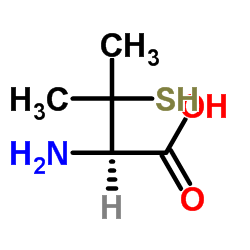
L-penicillamine structure
|
Common Name | L-penicillamine | ||
|---|---|---|---|---|
| CAS Number | 1113-41-3 | Molecular Weight | 149.211 | |
| Density | 1.2±0.1 g/cm3 | Boiling Point | 251.8±35.0 °C at 760 mmHg | |
| Molecular Formula | C5H11NO2S | Melting Point | 206ºC (dec.) | |
| MSDS | Chinese USA | Flash Point | 106.1±25.9 °C | |
| Symbol |

GHS07 |
Signal Word | Warning | |
Use of L-penicillamineL-Penicillamine is a medication primarily used for the treatment of Wilson's disease. It is also used for people with kidney stones who have high urine cystine levels, rheumatoid arthritis, copper poisoning, and lead poisoning. It is taken by mouth. Common side effects include rash, loss of appetite, nausea, diarrhea, and low blood white blood cell levels. Other serious side effects include liver problems, obliterative bronchiolitis, and myasthenia gravis. It is not recommended in people with lupus erythematosus. Use during pregnancy may result in harm to the baby. Penicillamine works by binding heavy metals such that they can be removed from the body in the urine. |
| Name | L-penicillamine |
|---|---|
| Synonym | More Synonyms |
| Density | 1.2±0.1 g/cm3 |
|---|---|
| Boiling Point | 251.8±35.0 °C at 760 mmHg |
| Melting Point | 206ºC (dec.) |
| Molecular Formula | C5H11NO2S |
| Molecular Weight | 149.211 |
| Flash Point | 106.1±25.9 °C |
| Exact Mass | 149.051056 |
| PSA | 102.12000 |
| LogP | 0.93 |
| Vapour Pressure | 0.0±1.1 mmHg at 25°C |
| Index of Refraction | 1.528 |
| InChIKey | VVNCNSJFMMFHPL-GSVOUGTGSA-N |
| SMILES | CC(C)(S)C(N)C(=O)O |
CHEMICAL IDENTIFICATION
HEALTH HAZARD DATAACUTE TOXICITY DATA
MUTATION DATA
|
| Symbol |

GHS07 |
|---|---|
| Signal Word | Warning |
| Hazard Statements | H315-H319-H335 |
| Precautionary Statements | P261-P305 + P351 + P338 |
| Personal Protective Equipment | dust mask type N95 (US);Eyeshields;Gloves |
| Hazard Codes | Xi:Irritant; |
| Risk Phrases | R36/37/38 |
| Safety Phrases | S26 |
| RIDADR | NONH for all modes of transport |
| WGK Germany | 2 |
| RTECS | YV9445500 |
| HS Code | 2930909090 |
|
~% 
L-penicillamine CAS#:1113-41-3 |
| Literature: Journal of Biological Chemistry, , vol. 184, p. 63,68 |
|
~% 
L-penicillamine CAS#:1113-41-3 |
| Literature: Journal of Biological Chemistry, , vol. 184, p. 63,68 |
|
~% 
L-penicillamine CAS#:1113-41-3 |
|
Literature: Chem.Penicillin, |
|
~% 
L-penicillamine CAS#:1113-41-3 |
| Literature: US2543358 , ; |
|
~% 
L-penicillamine CAS#:1113-41-3 |
| Literature: Journal of the Chemical Society, Faraday Transactions, , vol. 91, # 13 p. 1923 - 1930 |
|
~% 
L-penicillamine CAS#:1113-41-3 |
| Literature: Journal of the Chemical Society, Faraday Transactions, , vol. 91, # 13 p. 1923 - 1930 |
|
~% 
L-penicillamine CAS#:1113-41-3 |
| Literature: Journal of the Chemical Society, Faraday Transactions, , vol. 91, # 13 p. 1923 - 1930 |
|
~% 
L-penicillamine CAS#:1113-41-3 |
| Literature: Journal of the Chemical Society, Faraday Transactions, , vol. 91, # 13 p. 1923 - 1930 |
| Precursor 7 | |
|---|---|
| DownStream 10 | |
| HS Code | 2930909090 |
|---|---|
| Summary | 2930909090. other organo-sulphur compounds. VAT:17.0%. Tax rebate rate:13.0%. . MFN tariff:6.5%. General tariff:30.0% |
|
Circular muscle contraction in the mice rectum plays a key role in morphine-induced constipation.
Neurogastroenterol. Motil. 26(10) , 1396-407, (2014) Although opioids induce intestinal muscle contraction and provoke constipation, the intestinal region(s) that contribute to the constipation have remained unclear. We report here a region-specific res... |
|
|
Inhibitors of bacterialN-succinyl-l,l-diaminopimelic acid desuccinylase (DapE) and demonstration of in vitro antimicrobial activity
Bioorg. Med. Chem. Lett. 19 , 6350-2, (2009) A screen biased toward compounds containing zinc-binding groups (ZBG’s) delivered a number of micromolar inhibitors of DapE from Haemophilus influenzae, including l-captopril (IC 50 = 3.3 μM, K i = 1.... |
|
|
Acetyl- and butyryl-cholinesterase inhibitory activities of the edible brown alga Eisenia bicyclis.
Arch. Pharm. Res. 38 , 1477-87, (2015) As part of our ongoing isolation of cholinesterase (ChE) inhibitors from natural marine sources, the bioactivity of the ethanolic extracts from 12 Korean seaweeds were screened for their inhibitory ac... |
| EINECS 214-203-9 |
| L(+)-Penicillamine |
| 2-Amino-3-mercapto-3-methylbutanoic acid |
| 3-mercapto-L-valine |
| 3-Sulfanyl-L-valine |
| L-β,β-Dimethylcysteine |
| L-Penicillamine |
| (R)-penicillamine |
| (±)-penicillamine |
| DL-Penicillamine |
| β, β-Dimethyl-DL-cysteine |
| β,β-Dimethyl-DL-cysteine |
| L-β-Mercaptovaline |
| (2R)-2-amino-3-mercapto-3-methyl-butyric acid |
| (2R)-2-amino-3-mercapto-3-methylbutanoic acid |
| 3,3-Dimethyl-DL-cysteine |
| 3-Sulfanylvaline |
| MFCD00064303 |
| Valine, 3-mercapto- |
| α-AMINO-β-METHYL-β-MERCAPTOBUTYRIC ACID |
| L-Valine, 3-mercapto- |
| H-Pen-OH |

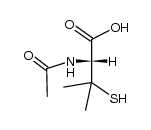
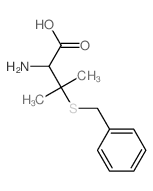
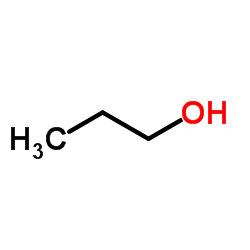
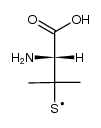



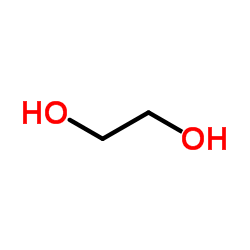

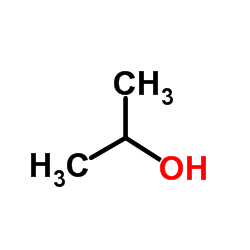

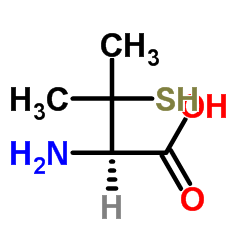 CAS#:52-66-4
CAS#:52-66-4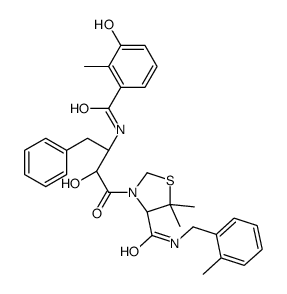 CAS#:186538-00-1
CAS#:186538-00-1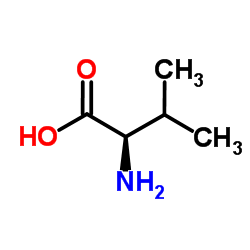 CAS#:640-68-6
CAS#:640-68-6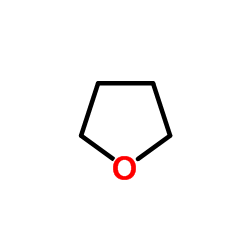 CAS#:109-99-9
CAS#:109-99-9 CAS#:72778-00-8
CAS#:72778-00-8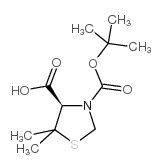 CAS#:117918-23-7
CAS#:117918-23-7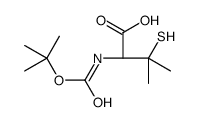 CAS#:110763-40-1
CAS#:110763-40-1 CAS#:123-91-1
CAS#:123-91-1
